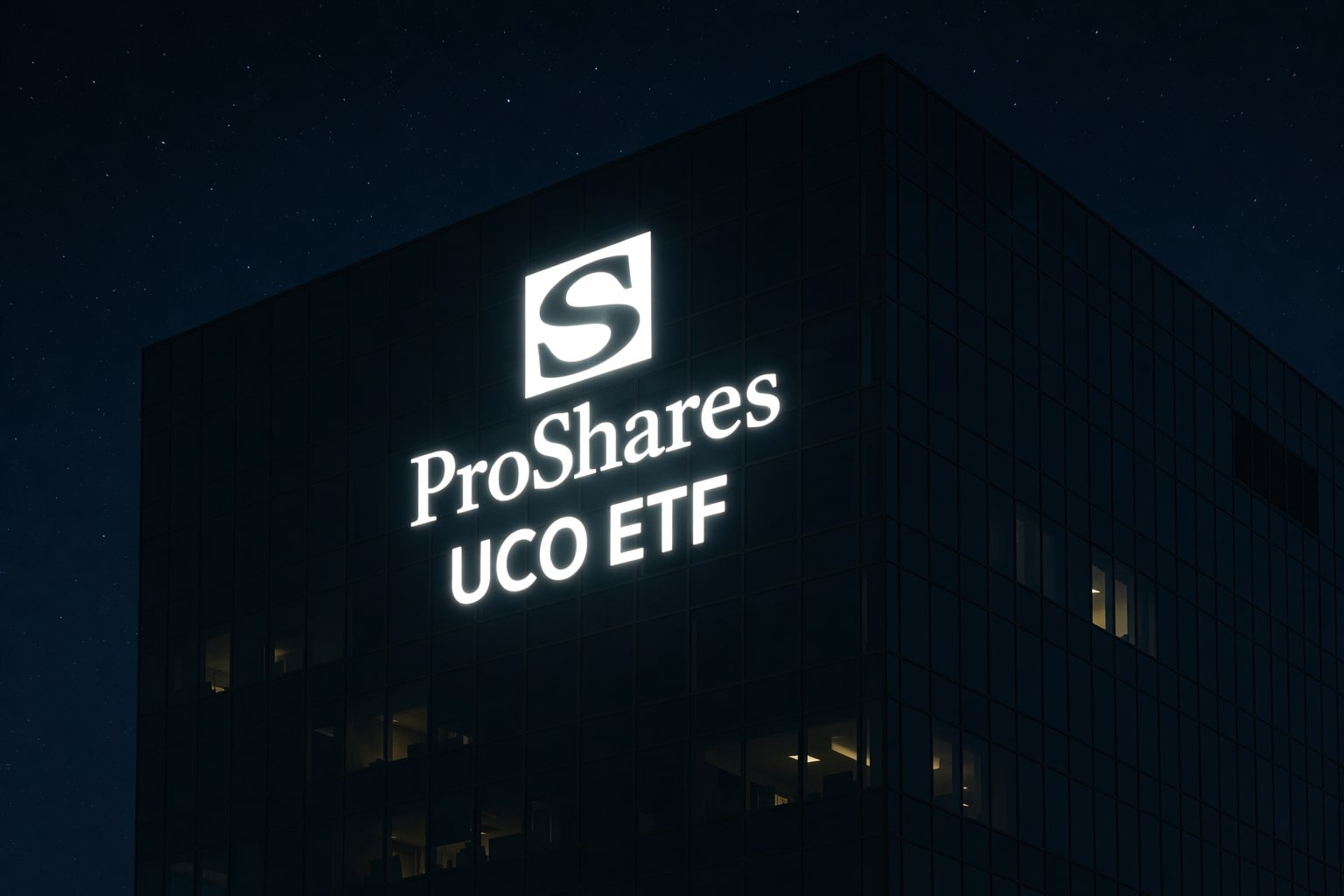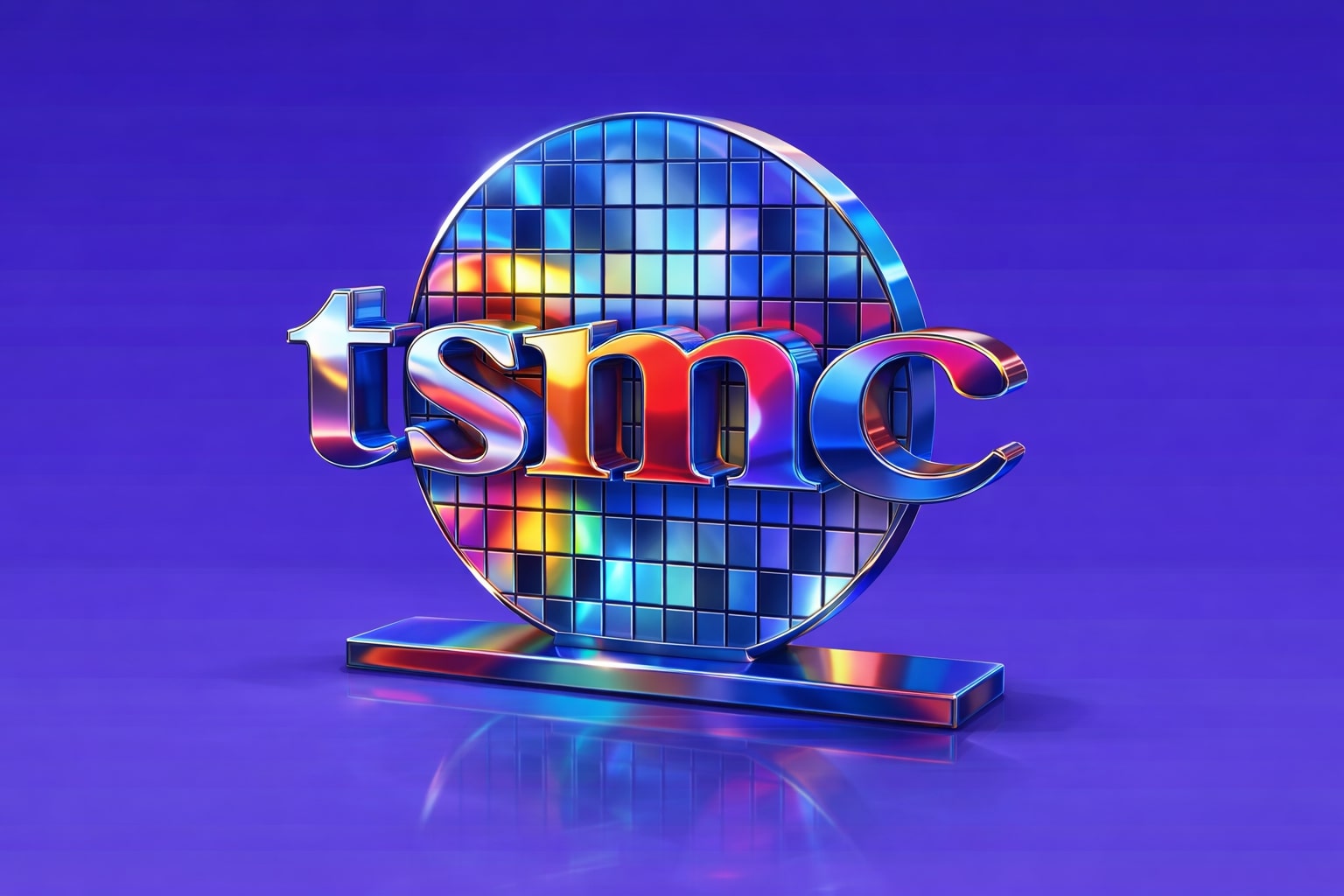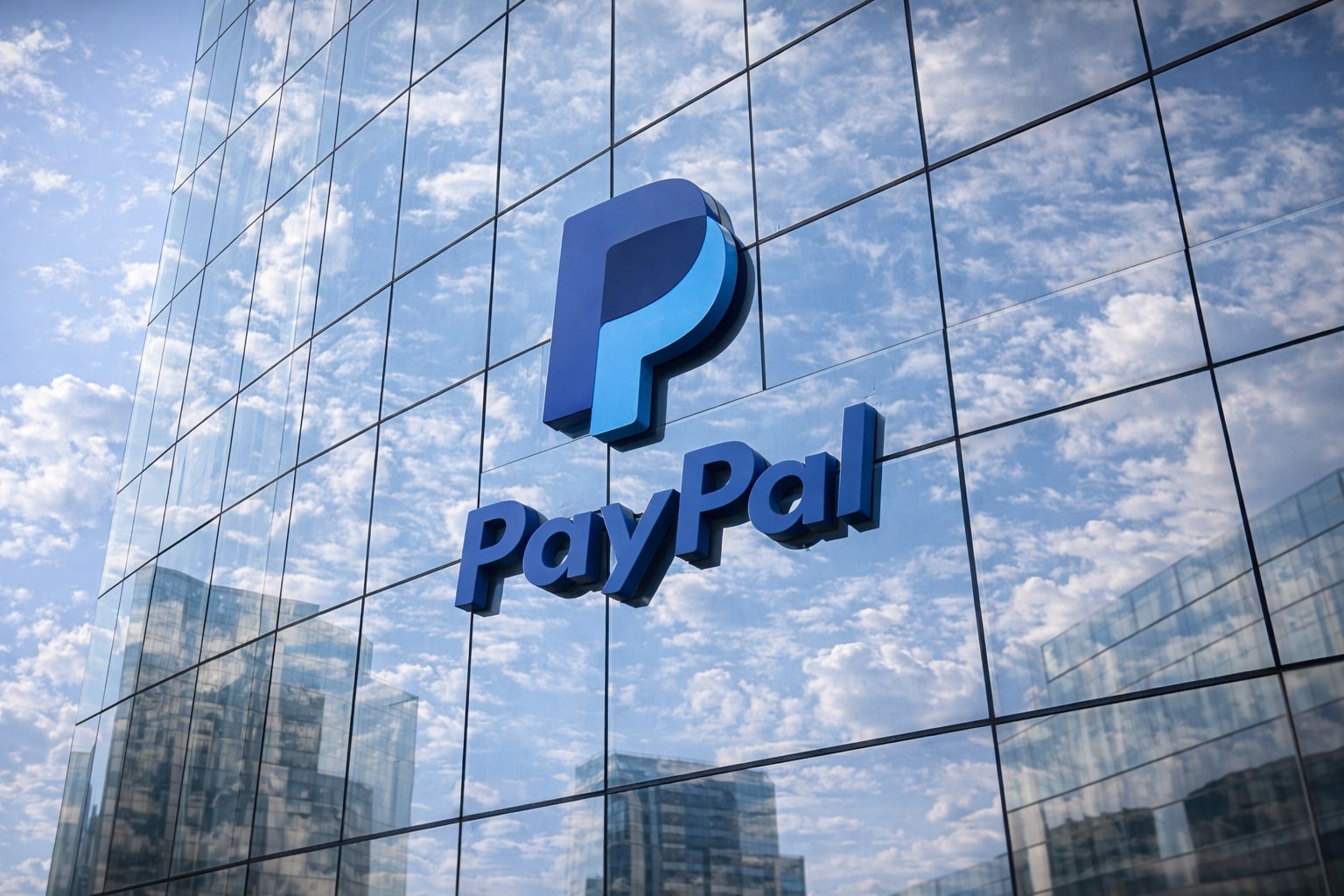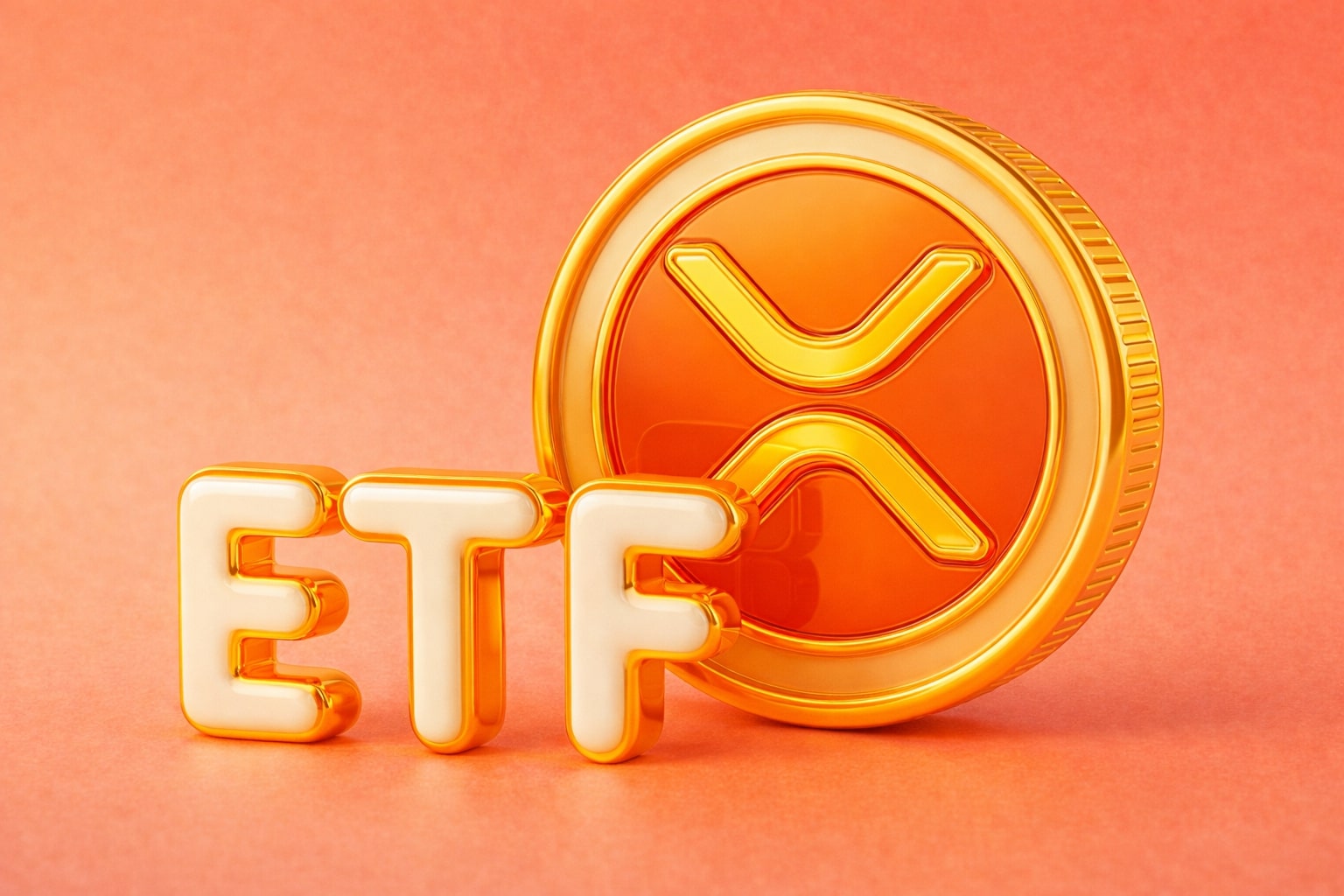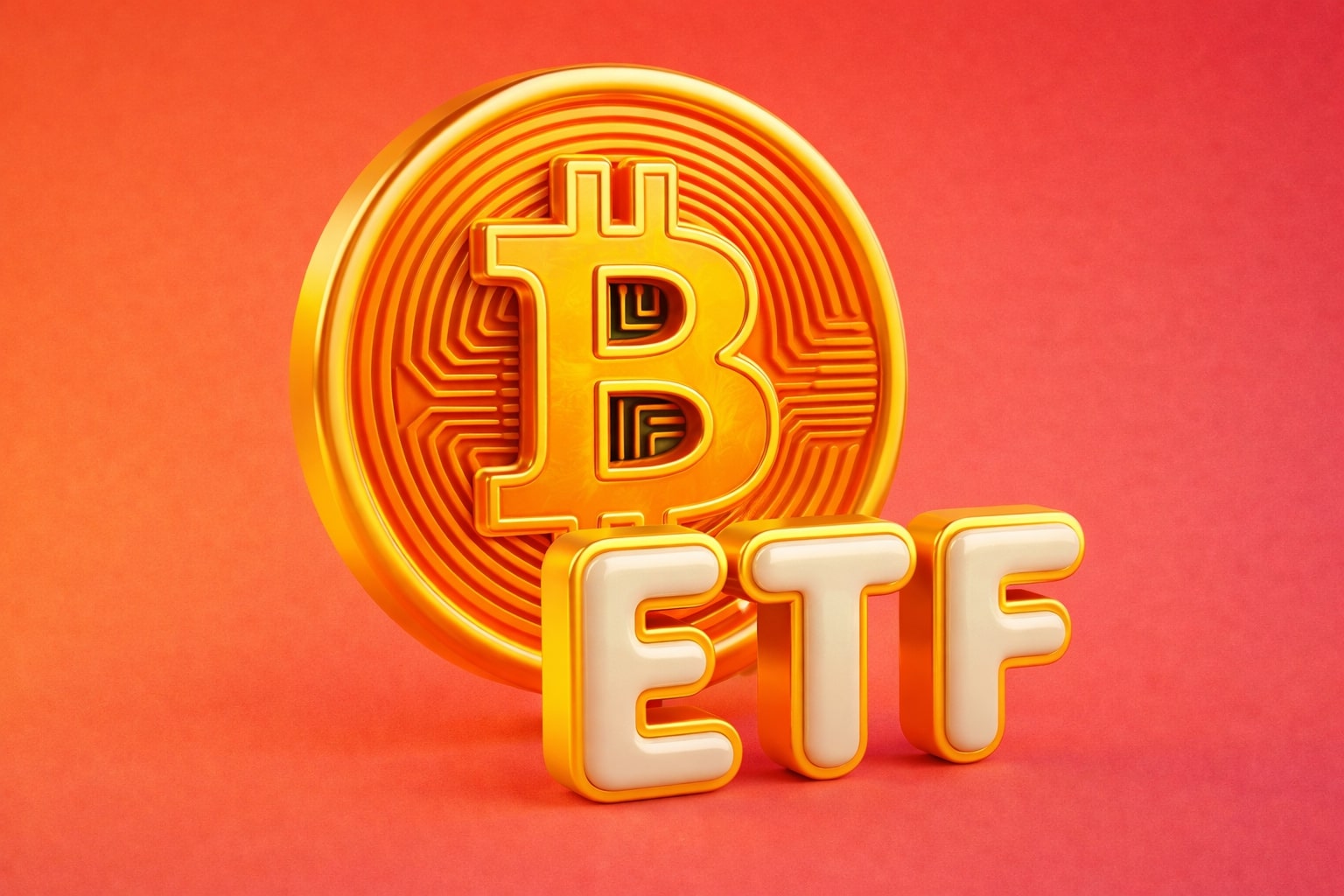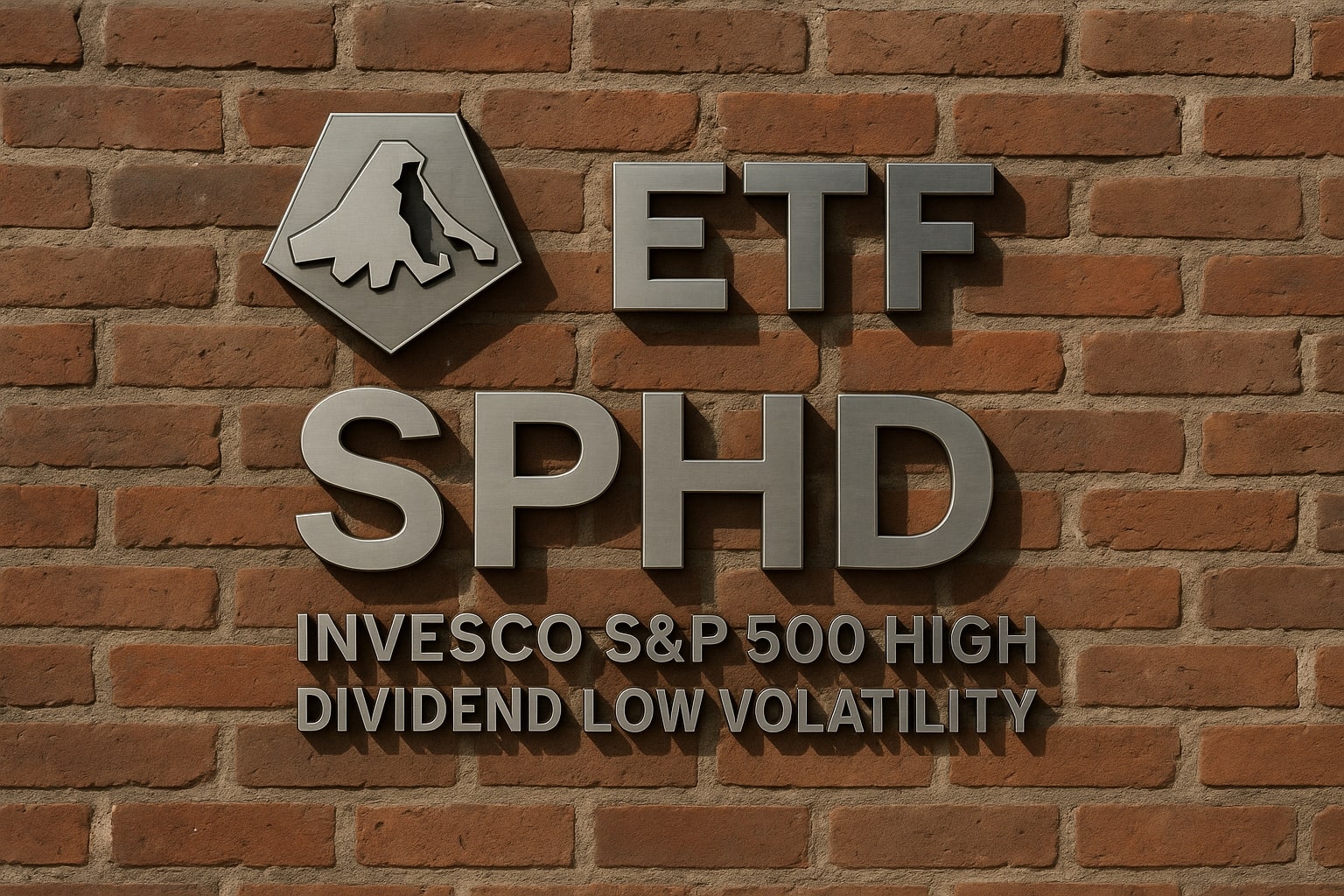
SPHD ETF (NYSEARCA:SPHD) at $49.07 Balances 3.49% Yield With Sector Shifts
With real estate 23%, utilities 13%, and healthcare 11% of holdings, SPHD delivers monthly income but continues to lag the S&P 500 on risk-adjusted returns | That's TradingNEWS
NYSEARCA:SPHD Trades at $49.07 With Yield Advantage Over S&P 500
The Invesco S&P 500 High Dividend Low Volatility ETF (NYSEARCA:SPHD) is priced at $49.07, delivering a dividend yield of 3.49% against the S&P 500’s modest 1.16%. With assets under management of $3.15 billion, the ETF pays monthly distributions totaling $1.71 annually, appealing to investors seeking regular income. Its valuation multiples remain lower than broad benchmarks, with a trailing P/E of 16.48 versus 22.5x for the S&P 500, highlighting a relative discount, though one tied to sector exposure and limited growth capture.
Sector Allocation Concentrated in Real Estate, Staples, and Utilities
SPHD builds its portfolio by screening for 75 high-yielding S&P 500 stocks, keeping the 50 least volatile, and weighting them by yield. The result is a defensive tilt: 23.46% in real estate, 17.58% in consumer staples, and 13.32% in utilities. Financials hold 11.74%, healthcare 11.07%, and communications 9.78%. Technology is entirely absent, a structural drawback in a market where the sector drove 80%+ returns for the S&P 500 over the last three years. This design captures dividends but misses innovation-led market rallies.
Real Estate Sector Recovery Begins to Lift Performance
Real estate weighed heavily on SPHD between 2022 and 2024, but conditions are improving. Mortgage rates dropped to 6.35%, the largest weekly decline in 2025, sparking a 23% year-over-year rise in mortgage applications. Core SPHD holdings like Simon Property Group (SPG), Realty Income (O), Crown Castle (CCI), and VICI Properties (VICI) now stand to benefit from stronger financing conditions and revived buyer demand. Alexandria Real Estate (ARE) and Healthpeak (DOC) are also stabilizing, supporting prospects for SPHD’s largest sector exposure.
Read More
-
UCO ETF Price Forecast: Can NYSEARCA:UCO at $18.57 Ride a 2026 Oil Squeeze?
18.12.2025 · TradingNEWS ArchiveStocks
-
XRPI at $10.50 and XRPR at $14.93 Hit XRP ETF Lows While XRP-USD Holds $1.84 After 30 Days of Inflows
18.12.2025 · TradingNEWS ArchiveCrypto
-
Natural Gas Price Forecast: Henry Hub Holds Around $4 as EIA Draw Hits 167 Bcf
18.12.2025 · TradingNEWS ArchiveCommodities
-
USD/JPY Price Forecast: Pair Holds Above 155 As BoJ And US CPI Set Up A Major Break
18.12.2025 · TradingNEWS ArchiveForex
Utilities Segment Grows on AI Data Center Power Demand
Utilities, 13.3% of SPHD’s portfolio, are in resurgence. The sector has climbed 12% year-to-date, benefiting from unprecedented electricity demand tied to AI infrastructure. Dominion Energy (D) reported EPS of $0.75, beating estimates by $0.17, with 9% YoY revenue growth. FirstEnergy (FE) targets 6–8% EPS CAGR through 2029, backed by a $28 billion capital plan. Eversource (ES) posted 12% YoY revenue growth and projects 5–7% EPS CAGR over five years. These firms underpin the ETF’s yield strength while also capturing secular demand growth.
Healthcare Returns to Growth After Weak Years
Healthcare at 11% weight is regaining momentum. Pfizer (PFE) delivered 10% YoY revenue growth, exceeding expectations by $1.1 billion and raising EPS guidance by $0.10. Bristol Myers (BMY) lifted its 2025 sales outlook to $46.5–$47.5 billion, while AbbVie (ABBV) beat both revenue and profit expectations. The broader healthcare sector reported 8% YoY earnings growth in Q2 2025, providing SPHD with a stabilizing dividend-heavy allocation to complement more cyclical segments.
Financials Benefit From Fed Rate Cuts But Insurers Face Margin Risk
SPHD allocates 11.7% to financials, primarily regional banks and insurers. The Fed’s September 2025 rate cut of 25 basis points should improve lending activity, reviving credit demand and stabilizing regional bank profitability. Insurers, however, may face pressure as lower yields compress spreads. The balance within financial holdings is critical: banks stand to benefit from increased loan growth, while insurance players could struggle if rates fall further in 2026.
Historical Returns Show Consistent Underperformance
Despite its low-volatility pitch, SPHD has not outperformed peers. Over 10 years, SPHD delivered 8.94% annualized returns, versus 10.39% for large-value peers. Three-year returns are 8.48% against 13.12%, and one-year performance is just 0.52% compared with 9.41%. Its Sharpe ratio of 0.27 over three years trails VOO’s 0.96, while volatility at 15.95% (3Y) is on par with or higher than S&P 500 benchmarks. Even maximum drawdowns were worse at -30.97%, versus -23.90% for VOO, undermining the “low volatility” narrative.
Valuation, Portfolio Turnover, and Fee Structure Shape Risk Profile
SPHD trades at a P/E of 16.48, materially cheaper than the S&P 500, but its 49% turnover rate means nearly half its portfolio rotates every two years, diluting stability. The 0.30% fee is significantly higher than VOO’s 0.03%, eroding compounding over time. While the top 10 holdings make up 27.13% of the fund, less concentrated than VOO’s 37.97%, the absence of growth-heavy names means SPHD struggles to match total return benchmarks.
Technical Indicators Point to Neutral Setup With Golden Cross Support
At $49.07, SPHD is trading near resistance at $50, with long-term resistance between $51.60–$51.89, its all-time high zone. A golden cross pattern recently formed, as the 50-day moving average rose above the 200-day, signaling bullish technical potential. The RSI remains in a neutral 40–65 range, with downside support at $47. The monthly income stream provides a stabilizing factor, but capital appreciation will be capped unless rate-sensitive sectors continue rebounding.
Final Outlook on NYSEARCA:SPHD
SPHD at $49.07 offers 3.49% yield, sector exposure to recovering real estate, expanding utilities, and stabilizing healthcare, yet continues to lag the S&P 500 on volatility, risk-adjusted returns, and growth participation. Its valuation discount and monthly dividends attract income-focused investors, but high fees and missed upside in tech remain structural weaknesses.
Verdict: HOLD NYSEARCA:SPHD — stable yield at current price, but inferior long-term total return profile versus broad-market ETFs.














